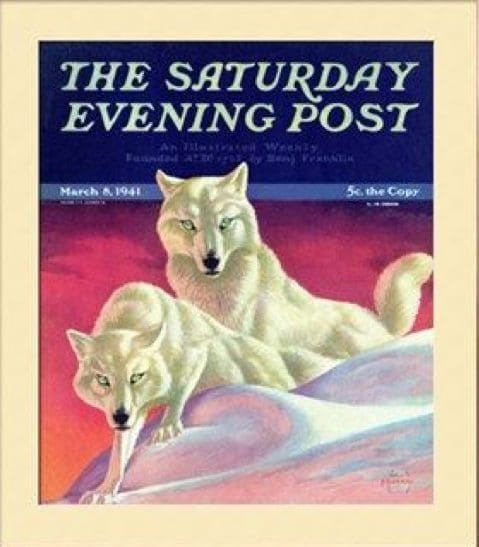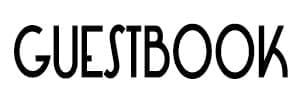 THIS RARE ART GEM IN MY PRIVATE COLLECTION IS BY THE RENOWNED SATURDAY EVENING POST ILLUSTRATOR JACK MURRAY
THIS RARE ART GEM IN MY PRIVATE COLLECTION IS BY THE RENOWNED SATURDAY EVENING POST ILLUSTRATOR JACK MURRAYIn the 1940s-50’s, the Gordon Bread Company was a busy,well-established, Los Angeles-based bakery company with a 1920s-era manufacturing facility on Santa Barbara Avenue (known today as Martin Luther King, Jr. Boulevard), just
southwest of downtown. The company had carved out a successful niche in Los Angeles as a manufacturer of high quality bakery products, particularly its namesake product — Gordon Bread — which was sold widely throughout the city and surrounding areas.
Over the years, many Los Angeles residents came to know Gordon Bread as the company that gave away all kinds of “freebies” with it’s bread. Among the successful promotions the company developed were a collector ’s series of trading cards tha tfeatured pictures of animals, cars and planes, as well as a sponsorship tie-in with “Flash Gordon” comic books.
As Los Angeles grew during the 1950s, many of the established supermarket chains began to supply their stores with their own bakery manufacturing facilities. Independent bakeries, like Gordon, were numerous in 1950s Los Angeles, and many competed heavily with one another for business from local restaurants, bakery retailers and independent retail grocery stores.

Murray was born in Pittsburgh on August 12, 1889, the son of two opera stars, J.K. Murray and Clara Lane.The Murrays received many invitations to sing in Europe. These were refused, as the family was not fond of ocean journeys — and for good reason.When J.K. Murray was a boy, his parents and siblings took a voyage across the Atlantic.The ship ran into a storm, losing its rudder. For a full miserable month, it was tossed around mid-ocean until rescue arrived.Not surprisingly, the horrifying incident cast a long dark shadow on thoughts of travel for years to come.
Murray was a city kid who, very early in life, developed an interest in wildlife. he grew up in Boston, where he began drawing animals while still in grade school. Murray would later graduate from the renowned Massachusetts School of Art, where he met his future wife, fellow artist Helena Feeny. The couple married in 1921 and, in lieu of a honeymoon, moved to New York that very day.
In New York, Murray found work as a commercial artist, which soon afforded the two of them the opportunity to buy a farm outside the city. There, he fixed up a studio where, in his spare time, he pursued his true passion, painting wildlife. Murray’s career reached a turning point when one of the paintings he had made purely for love — a majestic leopard (top) — was bought by The Saturday Evening Post.
His discovery by the Post led to assignments for the American Museum of Natural History as well as books and magazines, including The Country Gentleman and Boy’s Life. In 1947, his image of a pair of snow geese mid-flight was selected for the Federal Duck Stamp Program.
All told, Murray would paint 12 covers for the Post. His final one depicting two white wolves closing in on prey appeared on the March 8, 1941, issue — and once again on the January/February 2016 cover.





Leave a Reply